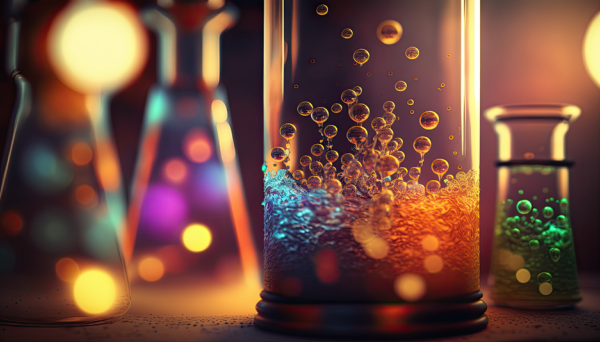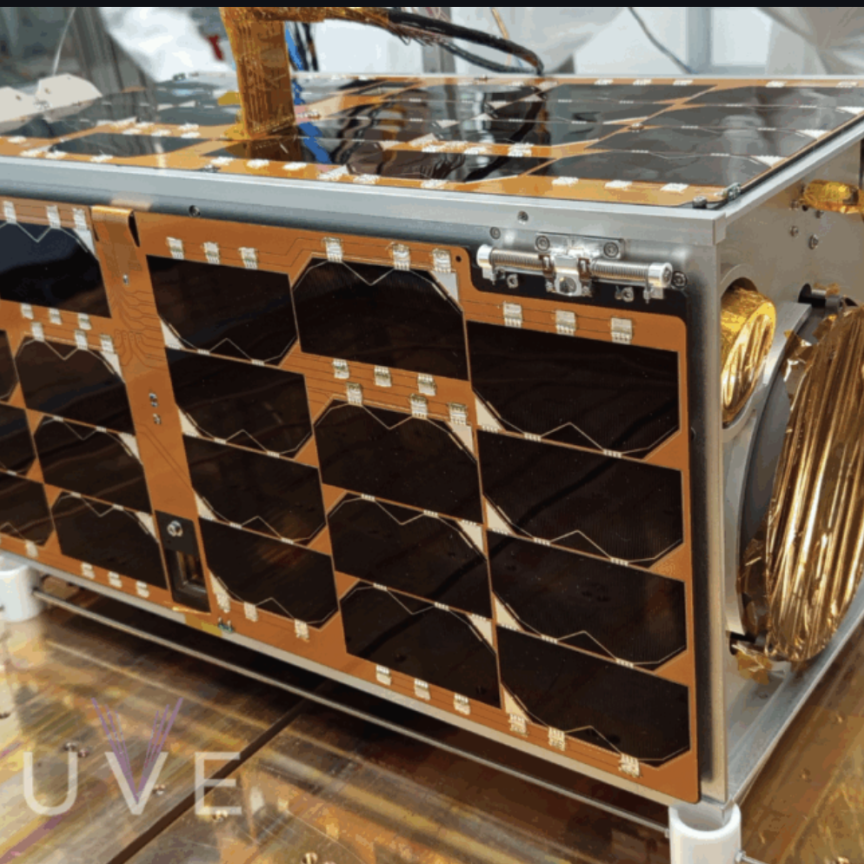Complex chemical and biological reactions are dynamic processes that often occur at rapid rates and involve multiple intermediate species. For engineers, product designers and researchers studying complex reactions, fast spectroscopy with high spectral resolution is essential in capturing the real-time evolution of these reactions and the spectral signatures of the involved species. This allows for a more detailed understanding of reaction mechanisms, kinetics, and pathways, which can aid in the development of more efficient and targeted chemical and biological systems.
Traditionally, Fourier Transform (FT) spectrometers have been used to study complex chemical and biological reactions, as they provide high spectral resolution that allows for the accurate identification and characterisation of chemical and biological species involved in reactions. FT spectrometers have high sensitivity, can be used with a wide range of samples including liquids, solids and gasses, and they can detect a broad range of concentrations, making them suitable for analysing reactions with different concentrations of reactants and products.
However, their use can also present some trade-offs, as Jeremiah Hashley, a technical writer with Wavelength Electronics reveals: “Many reactions involve fast or rapid paced transformation. Fast acquisition speeds are needed to capture these events in real-time, while high spectral resolution is needed to identify and distinguish the spectral signatures of specific chemicals. Many of these spectral signatures or details are very narrow and require very high spectral resolution to more accurately identify them. Achieving this in real-time with quantum cascade lasers (QCLs) can be quite a challenge.”
Part of this challenge, says Hashley, lies with the FT spectrometers: “FT spectrometers have high spectral resolution, but traditional FT spectrometers are too slow to capture these incredibly rapid reactions.” They can also have limited spatial resolution, which could impact their ability to analyse reactions that occur at very small length scales.
A new approach to FT spectroscopy
In order to increase the speed, a new method for reflecting the light is necessary, and recently a team of researchers at the Institute for Quantum Electronics in Zürich, Switzerland went about doing just that. The team developed an FT spectrometer that was based on rotational motion of the scanning mirror, with the ability to perform Mid-IR dual-comb spectroscopy with a single comb source. Explains Hashley: “This involves changing the set up geometry, the speed of the mirrors reflecting the QCL light, as well as a lot of maths to accomplish this goal. Using dual-comb spectroscopy with QCLs is very attractive for this research, but achieving coherence between two sources is difficult. The developed solution is to use one frequency source for dual-comb spectroscopy.”
The centrepiece of this FT spectrometer is the custom rotational retro-reflector for the rotational delay line. The continuous rotational motion of the scanning mirror works to effectively decouple the spectral from the temporal resolution. This is important, Hashley reveals, because “in contrast to traditional FT spectrometers which move linearly, this mirror rotates, which is much faster. This rotational delay line and rotational mirror gives the beam an optical path delay, enabling two separate interferograms to be recorded at one time. The QCL is also specifically chosen in the mid-IR range which covers the ‘molecular fingerprint’ region, covering a unique set of molecular spectra.”
With this custom retroreflector and QCL choice, researchers were able to realise an FT spectrometer while using dual-comb spectroscopy in the mid-IR. They were also able to demonstrate that fast acquisition speeds and high spectral resolution can be achieved using QCLs in FT spectroscopy. The results were published in Communications Physics1 .
Quantum cascade lasers (QCLs), a driving force
For the QCL driver, the researchers from the Institute for Quantum Electronics selected the QCL1000 OEM driver from Wavelength Electronics. Reveals Hashley: “Wavelength Electronics is one of the industry leaders in lownoise QCL current sources. The low noise from Wavelength’s QCL drivers enables narrower linewidth, stable centre wavelength, and repeatable scans in any application. Wavelength’s QCL drivers can reach noise levels as low as 0.4 μA RMS (up to 100kHz). OEM modules or intuitive benchtop instruments are available.”
The QCL1000 OEM provided low noise current to the quantum cascade laser. Because of this, the linewidth of the laser remained narrow and noise from the laser was minimised. This ensured the noise didn’t affect the spectra recorded. The QCL1000 OEM also provided a triangular current modulation ramp to the laser from a function generator. This allowed the QCL to be tuned to desired wavelength and frequency ranges.
Hashely continues: “The goal of this research was to create a fast speed, high spectral resolution spectrometer. The researchers from Switzerland accomplished that goal by using a specially designed FT spectrometer that utilised dual-comb spectroscopy. This enables QCLs to be used in mid-infrared applications that require fast acquisition speeds and high spectral resolution.”
The researchers believe that this could offer potential benefits for a wide range of spectroscopy applications. By leveraging the advantages of dual-comb and FT spectroscopy, this work showcases an enhanced QCL frequency comb as a light source, opening up new possibilities where there is a need for high speed, broad optical bandwidth, and superior spectral resolution.
As to how this technology could further develop in the future, Hashley forecasts: “The speed of the spectrometer as well as the resolution could both be improved by changing the custom rotational mirror design and number of reflectors as well as improving the quality and speed of the motor that controls the mirrors. More stability from the comb source could also improve noise factors.”
The research was a great example of how fast acquisition speeds and high spectral resolution can be achieved using QCLs in FT spectroscopy. More detailed information about the research can be found in the latest White Paper from Wavelength Electronics, entitled: Dual-comb and fourier transform for fast and high spectral spectroscopy.
References
1. Markmann, S., Franckié, M., Bertrand, M. et al. Frequency chirped Fourier-Transform spectroscopy. Commun Phys 6, 53 (2023). https://doi.org/10.1038/s42005-023- 01157-5



